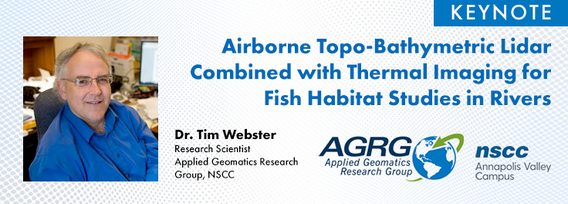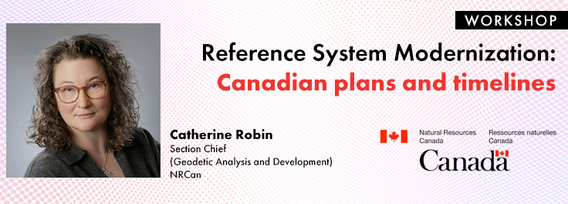
Sharon K.Y. Lee
Originally from Ottawa, Ontario, Sharon K.Y. Lee did her Bachelor of Science Honours in Geology at the University of Ottawa, She then completed a joint graduate program with the Centre of Geographic Sciences and Dalhousie University in Nova Scotia, where she obtained an advanced diploma in Remote Sensing and a Master of Science in Earth Sciences, respectively.
Sharon has gained valuable work experience over the years in database management and applying geomatics to various fields of geology in academia, government and the mining industry in Ontario, Nova Scotia, Quebec and Manitoba. In late 2019, she returned to her hometown to work as a geoscientist in the Infrastructure, Water Services Department at the City of Ottawa, where she is the program lead of the Geoscience Information Platform program.
Sessions in which Sharon K.Y. Lee attends
Tuesday 26 March, 2024
Airborne Topo-Bathymetric Lidar Combined with Thermal Imaging for Fish Habitat Studies in RiversResearchers at Nova Scotia Community College’s Applied Geomatics Research Group have been using the airborne Leica Chiroptera 4X topo-bathymetric lidar sensor for nearly a decade and have surveyed coastal, riverine and lake environments. They have concentrated on mapping submerged aquatic vegetation (SAV). Topo-bathy lidar data of rivers provides an opportunity for improved flood hazard h...
The Canadian government first formally created LiDAR Guidelines in 2017. The document was updated in 2022 to Version 3.1. This session will review the Canadian Guidelines and compare them to the USGS LiDAR Base specification, updated in 2023. Included in the presentation will be:LiDAR for Flood Mapping and funding from the National D...
Wednesday 27 March, 2024
The United States’ National Geodetic Survey (NGS) plans to modernize their National Spatial Reference System (NSRS) in 2025, including adopting a new dynamic geometric reference (the North American Terrestrial Reference Frame of 2022 (NATRF2022)) and a new geoid-based height system (the North American-Pacific Geopotential Datum of 2022 (NAPGD2022)). To ensure continued geospatial referencing compatibility, the Canadian Geodetic Survey (CGS) plans to modernize the Canadian Spatial Reference Sy...





